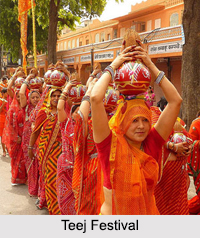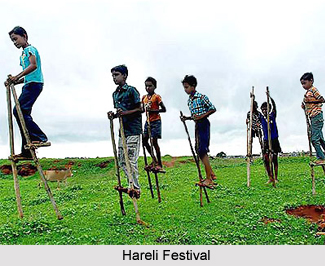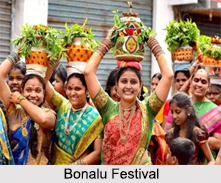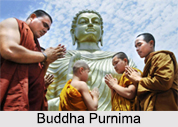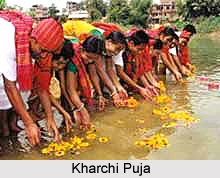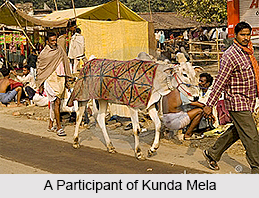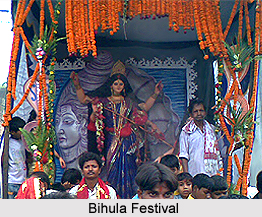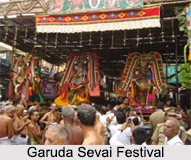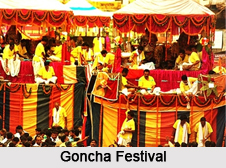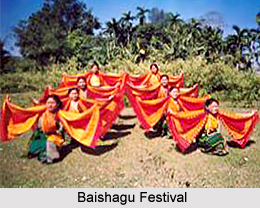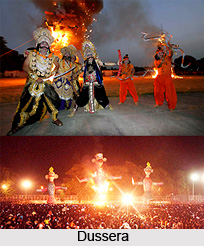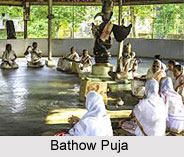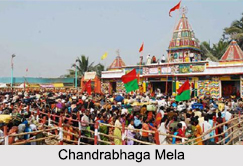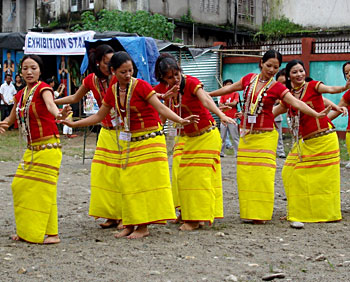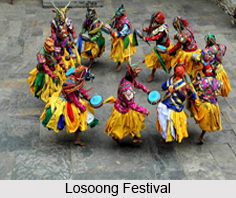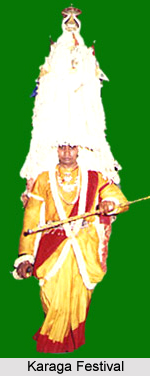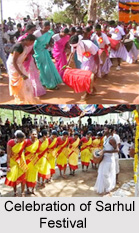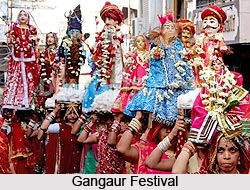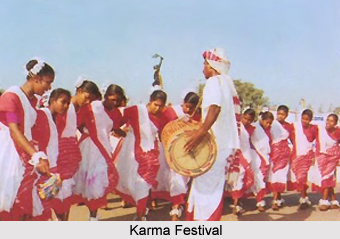It has been regarded as the immemorial custom among the Hindus. In this custom the bridegroom and the bride should be carried on the shoulders of their respective maternal uncles to exchange garlands of flowers on their necks. This generally occurs prior to the Commencement of the regular marriage ceremony after the betrothal and on the three or four succeeding days. The bride and the bridegroom wear two garlands on each of their necks. The respective uncles carrying them on their shoulders, bring them face to face near each other and the husband takes off one garland from his neck and garlands his betrothed wife with it. The bride then takes a garland from her neck and garlands her betrothed husband. This process is repeated thrice. This custom varies slightly with certain communities of the Hindus.
A community of Hindu people observe this custom when the bride and the bridegroom sitting or standing in front of each other. The custom of maternal uncles carrying the bride and the bridegroom on their shoulders to have their garlands exchanged is perhaps confined to the Brahmins and the Komutis. This happened for the reason that the marriage of their girls takes place when they are very young, or, in other words, when they are about nine or ten years old. In other castes this practice is not followed for the obvious reason that the brides are generally girls who have attained puberty and the custom is not desirable to be followed in their case in consequence.
The Hindu youth is supposed to marry not with a view to satisfy his carnal appetite, but with the definite aim of performing religious rites in company with his wife. And this should be done for the spiritual evolution of both. In fact, a wife is said to be a Saha Dharma Charini which means the lady who performs the duty enjoined in company with her husband.
The observances of religious rites develop spirituality in the observers, both men and women. These garlands symbolize spirituality like the sacred thread worn by the Brahmins. By putting one of his two garlands on the neck of his would-be wife, a husband bestows a half of his spiritual force on her. In the same way she repeats the process and in turn shares hers with him. This is the main end and aim to attain which all the subsequent rites are observed to be continued thereafter. And this should be continued day after day till perfection in evolution is attained in both, taking many births even if need be as husband and wife.
The ancient Hindu custom of Salt had its origin perhaps from this. When the husband dies, he waits for his wife in the next super-physical world. If she were to wait to caste off the fleshy body to join her husband on the other side by the natural process of death, it would take a long time. In that case the husband would be kept waiting unnecessarily in a world perhaps uncongenial for him. Hence the ancient wise had discovered a plant, the juice of which when mixed with sandal paste and smeared over the body made the body insensible to the burning sensation. The wife wakes to find herself in company with her husband on the other side of death without having in the least felt the agonies of death in being burnt alive by having become a Sail. They then go together into the heaven world or Swarga to dwell there for a time and come back again to this world to continue the work of evolution.
Thus it can be seen in the plan laid down by the wise men of old that two souls drawn together by real and sincere love do not part till both reach the level at the same time. This idea is conveyed in the Hindu marriage ceremonials and the Hindu marriage itself is therefore considered a sacrament and not a contract, as it is understood to by certain peoples of the West as well as in the East.
